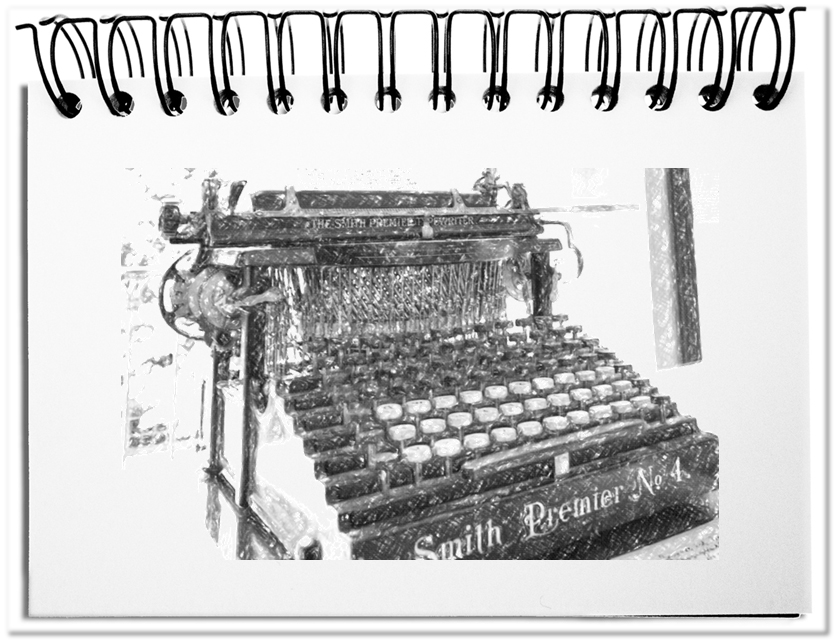You have decided to put your “Hello world” in writing on the way. The finalized text already floats in front of your inner eye. However, the path from your imagination to paper or into the computer requires guard rails which keep you on track. In contrast to the content of a text, the formal composition follows a surprisingly simple formula.
The following outline provides simple hints for blog posts, articles or book chapters – also for you.
Organize your content!
You know what you want to write. You have your own personal style. You keep exchanging ideas with others. These are perfect conditions to develop your text. Now the task is to organize your train of thought. Know what you want to achieve, what messages you have, and in what order you develop your argument by making a sketch.
Track down your target group!
The focus on a specific target group is crucial for the impact of your text. Do you already have a notion of your readers? You have any idea what they are interested in? You know their jargon? With these ideas you will find suitable words, choose a text tone and encourage the readers to persevere ‘til the end of the text and eventually consider your text consciously. With PERYOU a kind of dialogue with the reader is possible that provokes new insights.
Use the signal effect of the title!
Most readers decide based on titles within one to two seconds whether to continue reading or not. This no longer applies only to the web, but also to printed matter. The headline sticks out of the flowing text and shows at a glance, what the reader can hope for. This is especially true for the headline of an article. In addition, paragraph/chapter headings provide quick access to the flow of thought. In a few words, you phrase solutions, advantages and incentives that bring new points of view to the target group.
Start with a glimpse!
Take advantage of an entry that further increases the stimulated interest. With this pretension, the introduction, you can create a frame for the reader that makes the later main part catchier. You place a comprehensible context, prepare for the main messages and provide each individual with reasons to continue to read. Anticipate the essential questions of your target group and provoke the readership with skeptical statements.
Convey the points of view!
Your actual messages and explanations unfold in the main section. This part is the most extensive and requires a suspense curve that captivates the reader. This is achieved with section titles (see above), which give the reader an overview and spurs on curiosity continuously. In addition, you should make sure that the content provides readers with explanations, options and value as well as clarifies the overall message.
End with an outlook for more!
Be careful not to abruptly leave the reader behind after your argument has been conclusively concluded. Make sure that your message still has an impact by creating a reverberation with an outlook. After the text is before the text. Summarize the new insights for the readers and create a bridge to further topics – it is advantageous if you already have the next text in mind and can refer to it.
Bottom line: You will already be dealing with the above topics. And somehow the points mentioned are clear to everyone. Nevertheless, it helps to refresh them from time to time. Of course you have your contents in front of your eyes. And you know who you’re writing for. You know the signal effect of a title. And you’ll probably use an introduction to effectively frame your messages and to look outside the box. Yet, it is always helpful to be aware of the above variables, which make up the simple formula. Not to forget the additional design elements that can further enhance the expediency of a text, such as the page layout, font sizes and formats, as well as visualizations of all kinds.

